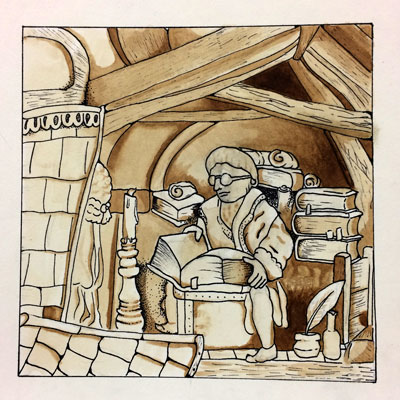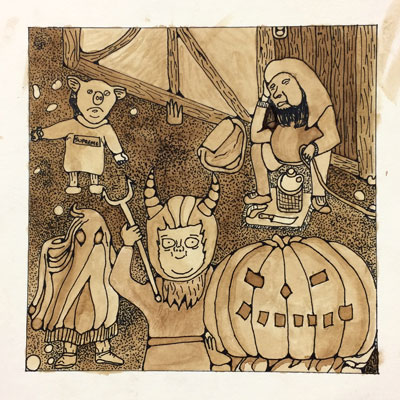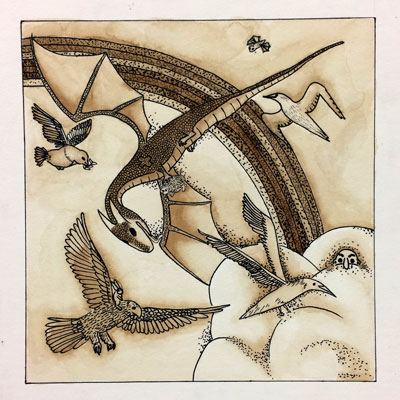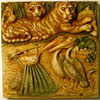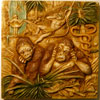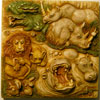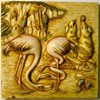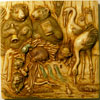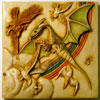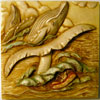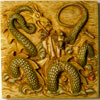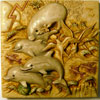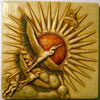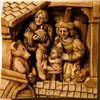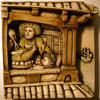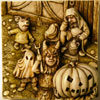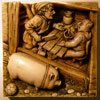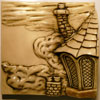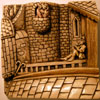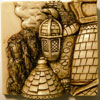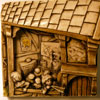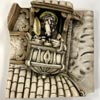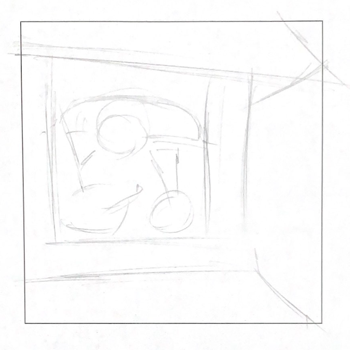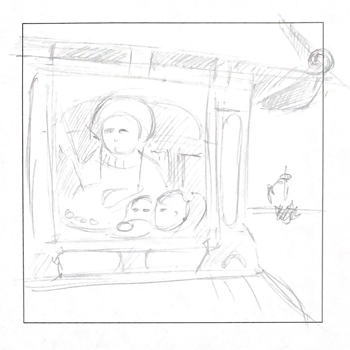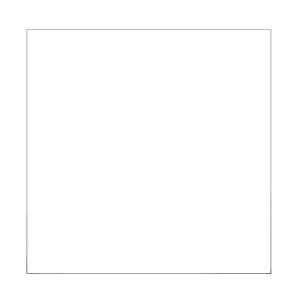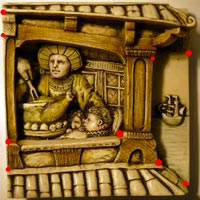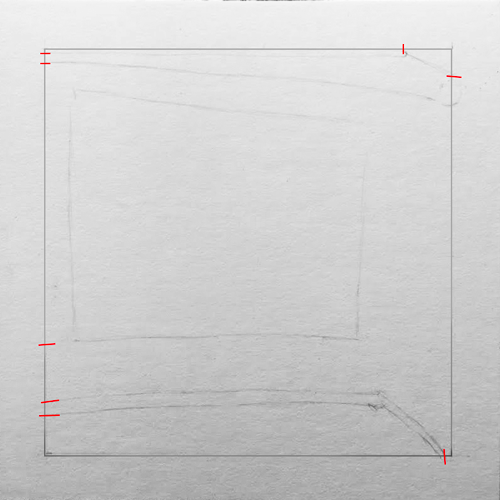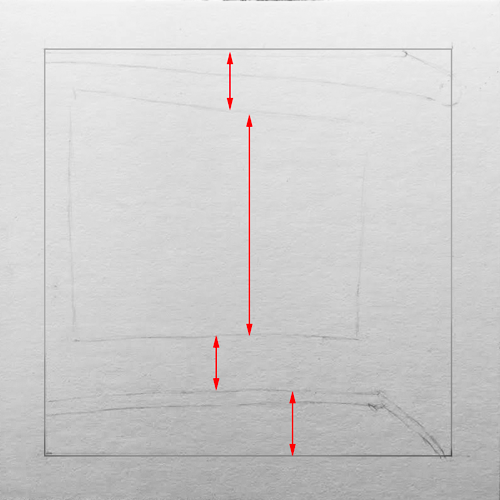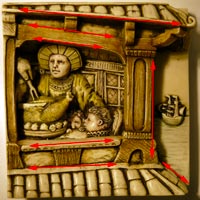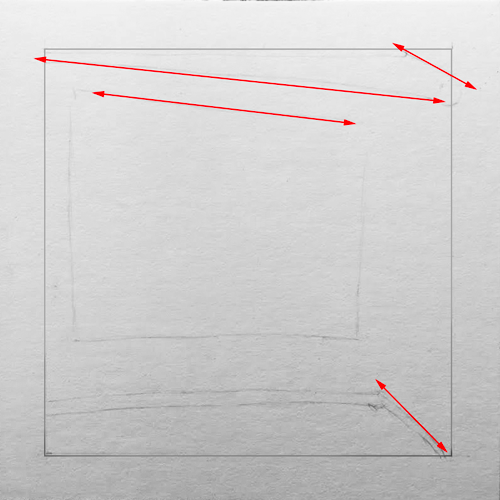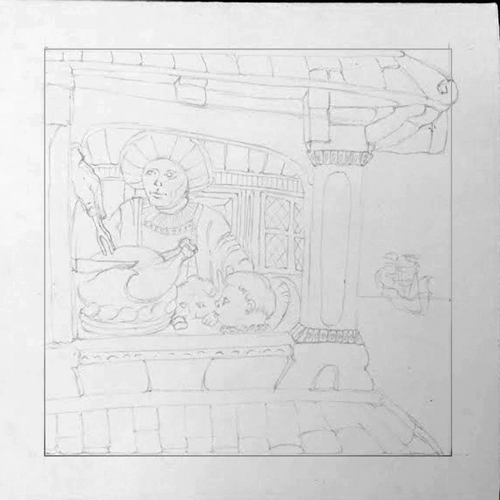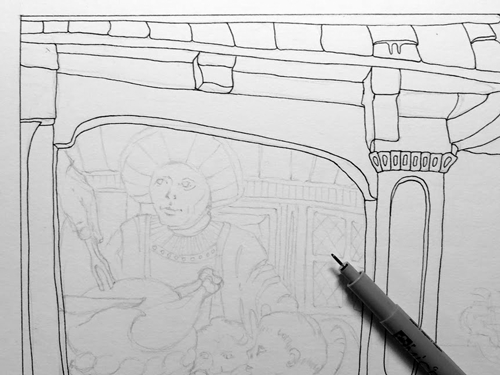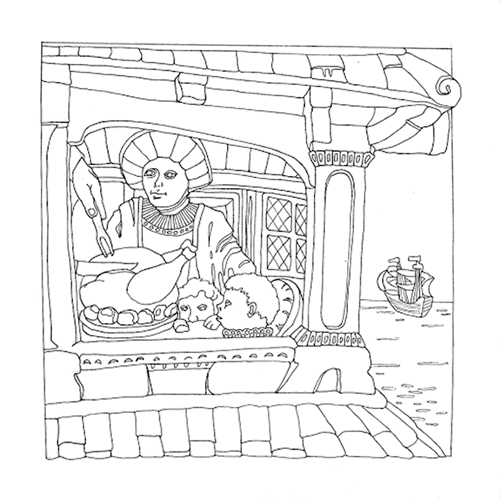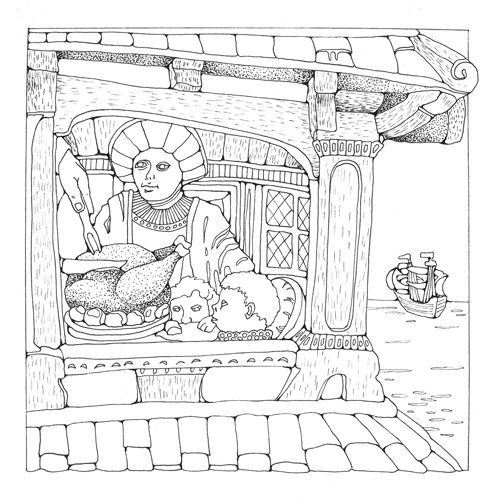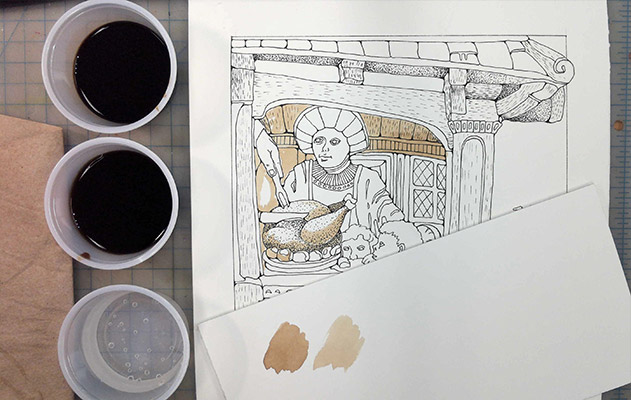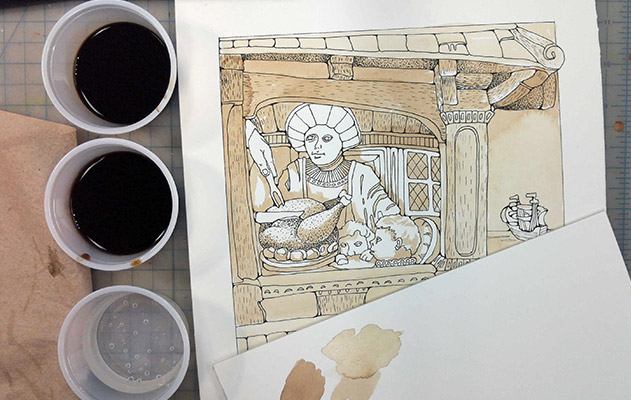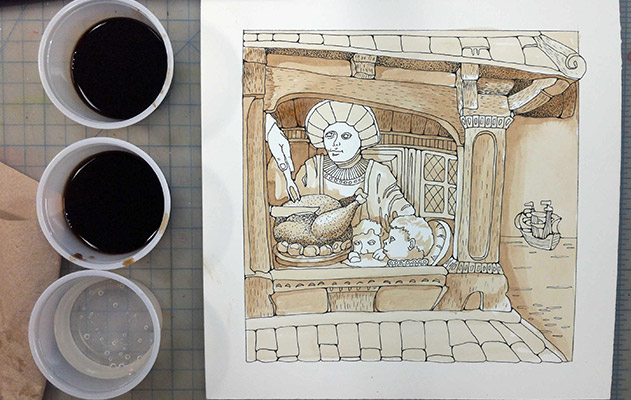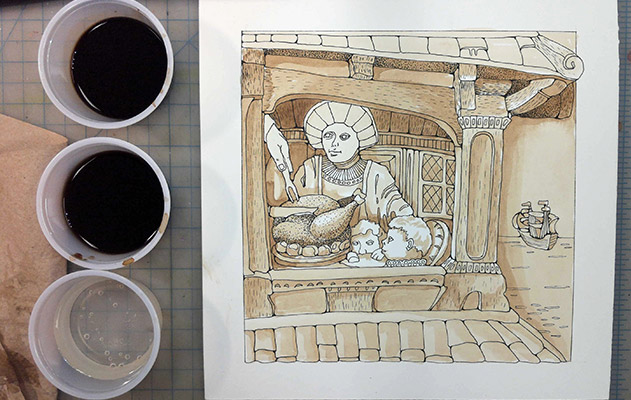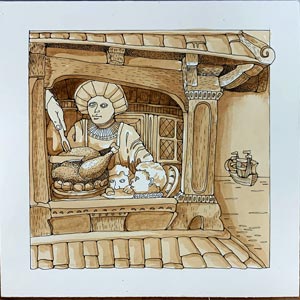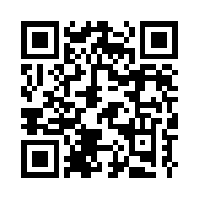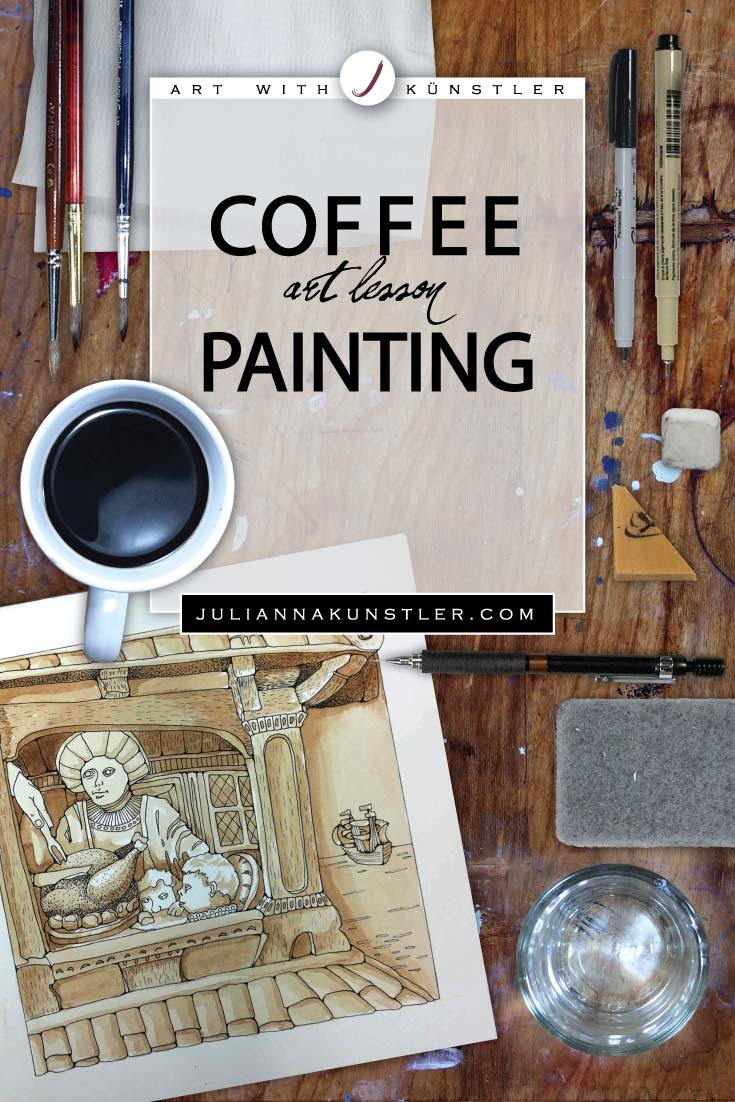
Grisaille (from French: gris - grey, [ɡri.zai]) is a term for painting executed entirely in monochromatic color scheme, usually in shades of grey or brown
For this assignment you are going to draw and paint a relief tile by looking at it.
Observational drawing is extremely important in your drawing learning process.
WI State Standards:
- AA Cr11h
Plan: Formulate original concepts by practice, experimentation, and revision. (planning/experimentation) - AA Cr12h
Make: Create works of art that introduce students to media, care of tools, and basic craftsmanship skills.
(skills) - AA Pr10h
Develop Meaning: Curate a body of work incorporating personal, historical and contemporary art to communicate one or more points of view.
(aesthetics / communication)
Learning objectives:
- observational drawing
- proportions
- shape placement/size relationship
- linear drawing
- stylizing a drawing
- implied texture
- concept of washes
- building up value with layers
- show depth in a painting

in a nutshell:
1. Standard AA Cr11h (planning/experimentation): Start with sketching. Analyze the shapes and lay them out.
2. Standards AA Cr12h (skills) & AA Pr10h (aesthetics/communication): Then let's focus on the drawing: proportions, attention to details, quality of lines.
Do a line drawing using regular pencil, drawing lightly so that you can easily erase. Take your time with this step.
Start with laying out all major shapes. Make sure they are proportional to each other and the board itself. Then draw in all the details...
The better your drawing is, the better your finished painting will be.
Do not create values (do not shade!!!)
Show darks and lights by drawing them as shapes without shading them in. You can also show different colors the same way. Draw the different colored shapes, but don't shade them in
3. Standards AA Cr11h (planning/experimentation) & AAPr10h (aesthetics/communication): Then you will paint the tile with coffee by applying values as washes (watercolor technique). Washes will build up values.
Make sure you paint multiple values that create an illusion of depth.
Any cheap coffee will work for this painting. You need to make a strong one to achieve darker values.
I found that INSTANT COFFEE (that tastes nasty) works best as it dissolves perfectly and does not leave any particles behind.

